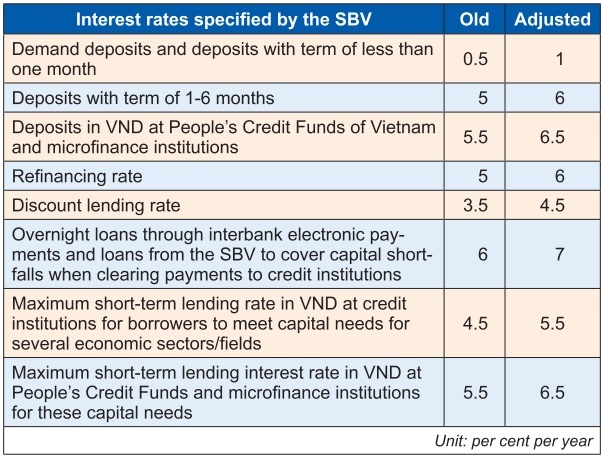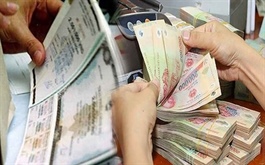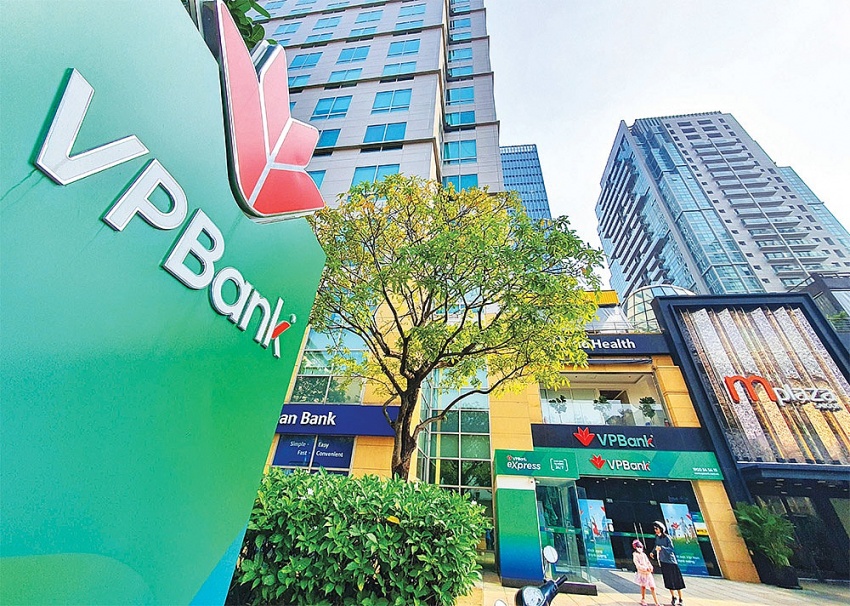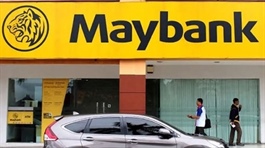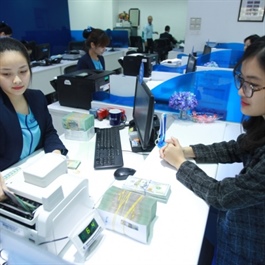Vietnam to have 50 million e-wallets in 2024: Report
Vietnam to have 50 million e-wallets in 2024: Report
From 2018 to 2023, the number and value of transactions through e-wallets consistently grew at double-digit rates, with annual growth rates of 80.4% and 83.5% respectively.
By the end of 2024, Vietnam will have 50 million active e-wallets, a nearly 40% increase compared to last year, according to a report by FiinGroup, a leading local service financial data provider.

Vietnam has seen an increase in e-wallet usage over the years. Photo: Viet Dung/The Hanoi Times |
Before that, as of the end of 2023, there were 36 million active e-wallets in Vietnam.
E-wallets are one of the intermediary payment services alongside other services such as payment gateways, financial switching, electronic clearing, collection, and disbursement support.
The volume of e-wallet transactions continues to surge, having maintained a strong growth momentum in recent times. From 2018 to 2023, the number and value of transactions through e-wallets consistently experienced double-digit growth rates, with annual growth rates of 80.4% and 83.5% respectively. Digital payments are becoming increasingly popular, and the active involvement of intermediary payment companies has contributed to the continued increase in e-wallet usage.
FiinGroup found that digital payments via smartphones are highly prevalent in Vietnam.
The smartphone penetration rate was estimated to reach 73.5% in 2022, equivalent to nearly 72.5 million people, and is forecast to reach around 82.2 million by 2025. According to the State Bank of Vietnam, in the first 11 months of 2023, mobile phone payments in general accounted for nearly 7.13 billion transactions with a value of over VND49,400 trillion (US$2 trillion), representing an increase of about 61.1% in volume and 11.7% in value.
According to data platform Statista (Germany), in 2022, Vietnam ranked third in Southeast Asia in terms of e-wallet volume, behind Indonesia and the Philippines. All three countries also ranked high in the region in terms of e-wallet popularity for digital payments, according to a 2022 survey by Visa.
Statista predicts that the top three countries will remain in this order until 2026, with e-wallet volumes in Indonesia, the Philippines, and Vietnam reaching 215.7 million, 69.8 million, and 67.6 million respectively. FiinGroup assessed that although the market is crowded with 50 payment intermediaries, the number of e-wallet users in Vietnam is concentrated in a few major players, notably Momo, Shopee Pay, and VNPay.
Momo demonstrates its ambition to become a super app by actively diversifying its partnerships and services through mergers and acquisitions and investing in startups or other companies. Recently, this fintech acquired a cybersecurity company, stepping into the investment field.
Meanwhile, ShopeePay leverages the e-commerce strengths of Shopee, while VNPay focuses on its core business as a payment gateway for local retail stores and a nationwide network of partners. Small payment intermediaries face challenges in operating efficiently.
Despite impressive growth figures, e-wallets still face the challenge of burning capital to attract and retain customers, according to FiinGroup. This is because many users opt for e-wallets due to attractive incentives and discount vouchers they receive. Users tend to be interested in promotional programs and switch to another provider.
This requires continuous promotional efforts from e-wallets and payment gateways, leading to a significant cost burden for these companies. Therefore, leading players with millions of users like Momo or Shopee Pay continue to incur losses, despite net revenue growth.
In the long term, competition in the e-wallet market is expected to shift from a money-burning race for promotions to a technology race, comprehensiveness of the ecosystem, customer experience, and diversification of revenue through complementary financial services.
Some e-wallets have shown interest in the digital lending sector. However, Vietnam's regulations prohibit non-bank organizations from offering loans directly. As a result, payment intermediaries are opting to partner with banks or financial companies to launch consumer loans on their platforms.





